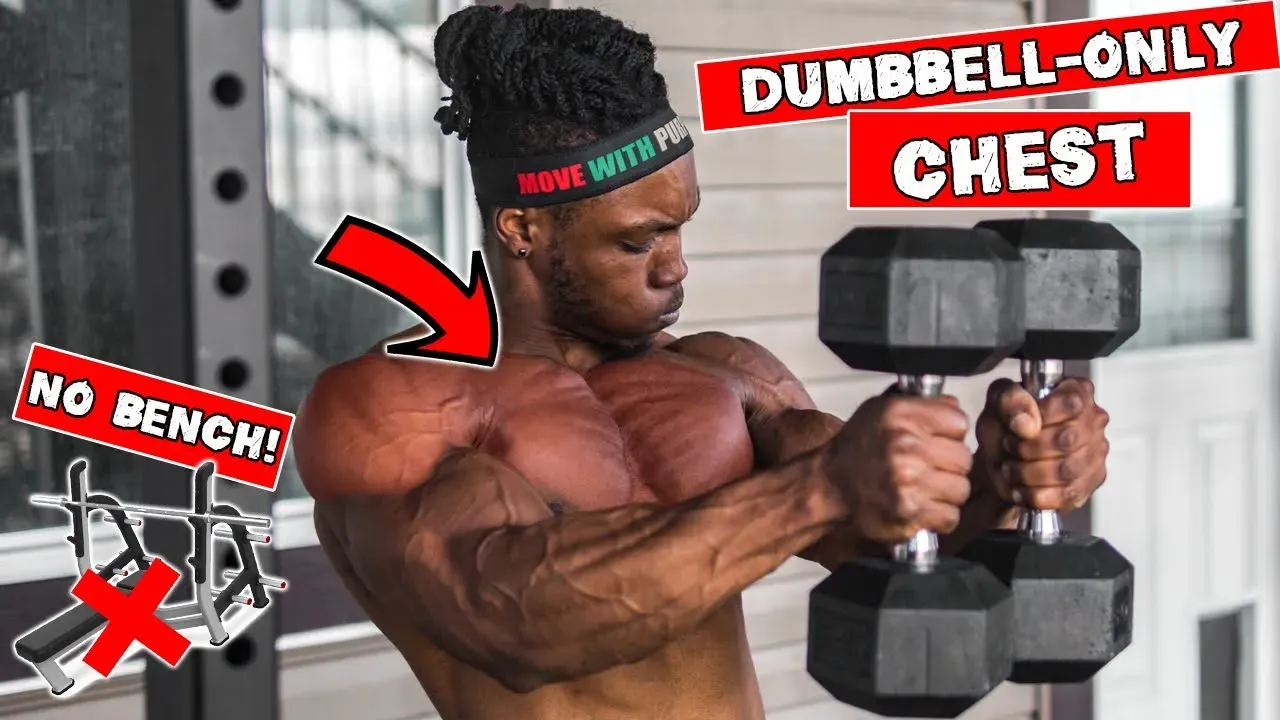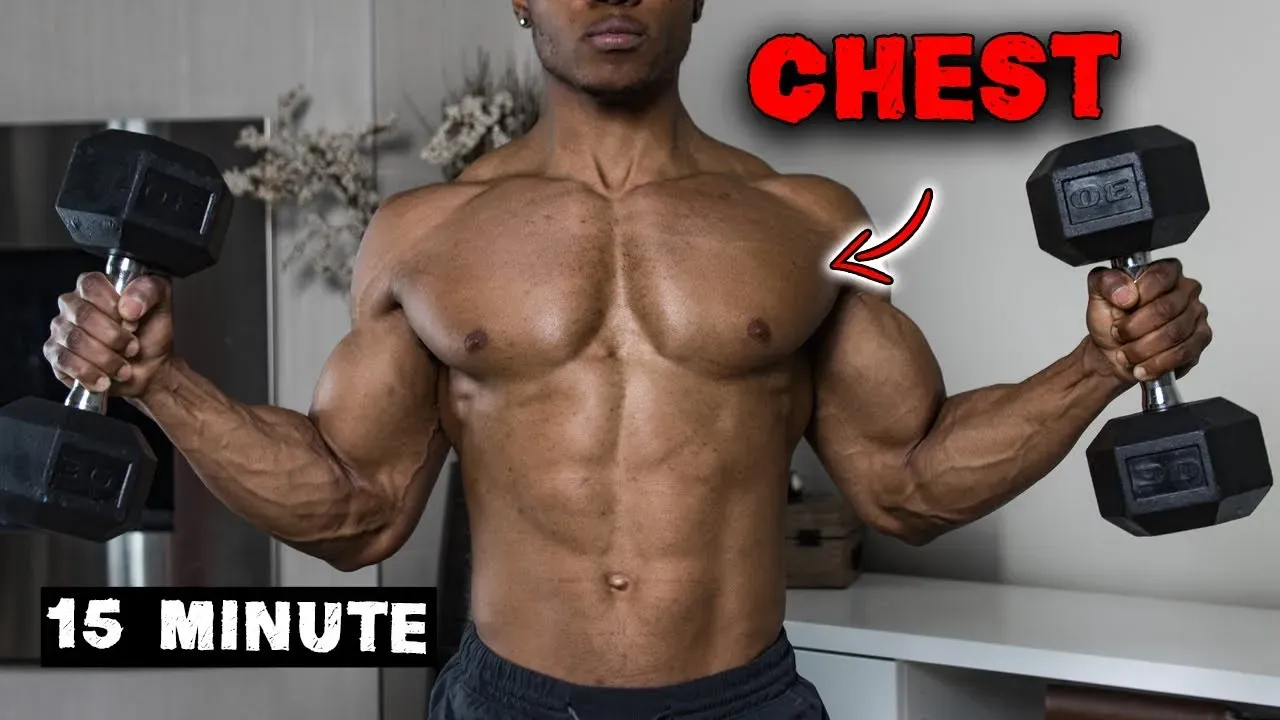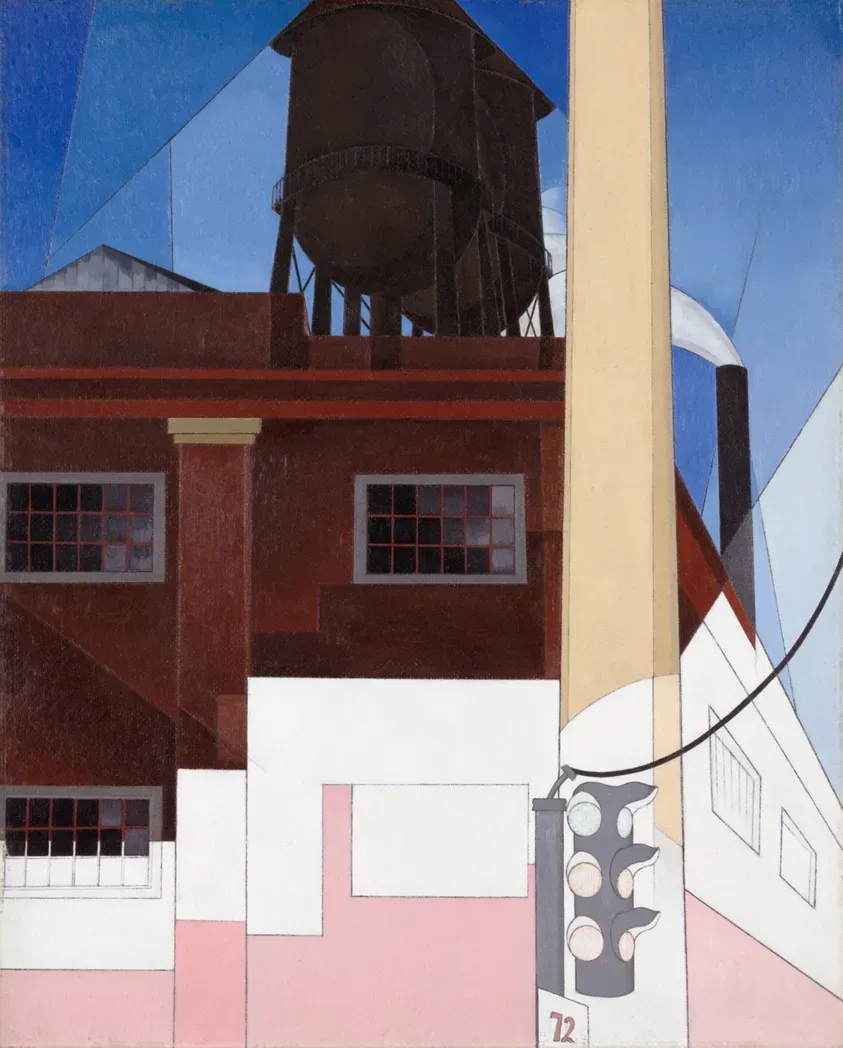Table of Contents
So, you want to build a solid chest but don't have a fancy gym setup or even a weight bench at home? Maybe space is tight, or you just prefer the convenience of working out in your living room. Whatever the reason, the idea of a killer chest session without that familiar piece of equipment might seem daunting. Forget hauling heavy benches around or making excuses. You absolutely can get an effective dumbbell chest workout at home without a bench, and frankly, it might surprise you how much you can accomplish lying flat on the floor. We're not talking about some watered-down version of a chest day; we're talking about hitting those pecs hard using smart exercise variations and understanding how to create tension. In this guide, we'll cut through the fluff and show you exactly how to execute a potent dumbbell chest workout at home without bench, covering the essential movements, how to put them together into a routine, and how to keep making gains. Get ready to feel that chest pump, no bench required.
Why Go Benchless? The Appeal of a Dumbbell Chest Workout At Home

Why Go Benchless? The Appeal of a Dumbbell Chest Workout At Home
so maybe you've always pictured chest day involving a big, sturdy bench. It's the classic image, right? But let's talk about the real appeal of ditching that bench, especially when you're doing a dumbbell chest workout at home without bench. First off, convenience is king. No travel time, no waiting for equipment, just roll out of bed (or off the couch, no judgment) and get to work. Plus, working from the floor actually limits your range of motion at the bottom of the press, which can be a lifesaver for shoulders that get a bit cranky with deep stretches under load. It forces your chest muscles to work harder through the concentric (lifting) phase and removes some of the potential for ego-lifting by bouncing off your chest at the bottom. It’s practical, it’s joint-friendly for many, and it’s surprisingly effective at building muscle right where you are.
Setting the Stage: What You Need for Your Home Chest Session

Setting the Stage: What You Need for Your Home Chest Session
The Bare Essentials: Dumbbells and a Floor
Alright, let's get down to brass tacks. If you're planning a dumbbell chest workout at home without bench, you need, well, dumbbells. Shocking, I know. The weight you choose depends on your current strength level. Don't go trying to muscle up 50-pounders if you're new to this; start lighter and focus on form. You also need some floor space. Enough room to lie down flat and extend your arms out to the sides without knocking over lamps or pets. A cleared patch of carpet, a yoga mat on hardwood, whatever works. Just make sure it's a stable surface. That's it. Seriously. The barrier to entry here is incredibly low.
Nice-to-Haves for Comfort and Focus
While dumbbells and gravity are non-negotiable, a few other things can make your home chest session more comfortable and effective. A decent mat can save your back and elbows from a hard floor, especially if you're doing floor presses. Trust me, after a few sets, that cushion feels pretty good. Water is always a good idea; staying hydrated isn't exactly groundbreaking advice, but people still forget. Maybe some music to get you pumped? Whatever helps you focus and push through those last few reps. These aren't strictly necessary for a dumbbell chest workout at home without bench, but they improve the experience significantly. Think of them as quality-of-life upgrades for your workout space.
- A pair (or set) of dumbbells
- Enough clear floor space to lie down
- Optional: A mat for comfort
- Optional: Water
- Optional: Music
Essential Moves for a Dumbbell Chest Workout At Home Without a Bench (Floor Press, Pullover, etc.)

Essential Moves for a Dumbbell Chest Workout At Home Without a Bench (Floor Press, Pullover, etc.)
The Workhorse: The Dumbbell Floor Press
Alright, let's kick things off with the absolute staple for any dumbbell chest workout at home without bench: the floor press. Lie flat on your back with your knees bent and feet flat on the floor. Hold a dumbbell in each hand, palms facing each other or slightly rotated. Lower the dumbbells towards your chest, keeping your elbows at about a 45-degree angle from your body. The floor stops your elbows, naturally limiting how deep you can go, which is actually a feature, not a bug, protecting your shoulders. Drive the dumbbells straight back up, squeezing your chest at the top. Think about pressing the floor away from you. This move directly targets the pecs and triceps, giving you a solid foundation for your benchless routine.
Expanding the Reach: The Dumbbell Pullover
Next up is the dumbbell pullover, a classic for hitting the chest and lats and creating a nice stretch. You can do this lying flat on your back on the floor, or across a sturdy chair or bench if you happen to have one just for this (though it's not needed for the core dumbbell chest workout at home without bench). Hold one dumbbell vertically with both hands cupped under the top weight. Start with the dumbbell held over your chest, arms slightly bent. Lower the dumbbell slowly in an arc over your head, feeling the stretch across your chest and lats. Don't go so low that your shoulders feel strained. Pull the dumbbell back up using your chest and lats, returning to the starting position. This movement adds volume and works the chest fibers in a different plane of motion.
Key Cues for Benchless Chest Success
- For Floor Press: Keep your lower back pressed into the floor.
- For Floor Press: Control the eccentric (lowering) phase.
- For Pullover: Maintain a slight bend in your elbows throughout the movement.
- For Pullover: Focus on feeling the stretch and contraction in your chest and lats.
Structuring Your Effective AtHome Chest Routine

Structuring Your Effective AtHome Chest Routine
Picking Your Moves and Putting Them in Order
Alright, you've got your dumbbells and some floor space. Now, how do you actually build a routine that works? Think of it like building a sandwich; you need the right ingredients in the right order. For a solid dumbbell chest workout at home without bench, you want to start with your primary pressing movement. The dumbbell floor press is your best friend here – it allows you to use the most weight and hits the bulk of the chest muscles. After that, you can move to variations or accessory lifts. Maybe some close-grip floor presses to hammer the inner chest and triceps, or those pullovers we talked about to stretch the chest and work the lats. The key is to hit the chest from slightly different angles, even without the bench's versatility. A good rule of thumb is to do your heaviest, most compound lift first when you're freshest.
Sets, Reps, and Making It Count
Once you know your exercises, you need to figure out how many sets and reps to do. For building muscle, the sweet spot is generally 3-4 sets per exercise, aiming for 8-15 repetitions where you feel challenged, especially in the last few reps. If you can easily crank out 20 reps, your dumbbells are too light, or you need to slow down the movement and really focus on squeezing the muscle. Rest periods between sets should be around 60-90 seconds. This gives you enough time to recover for the next set but keeps the intensity up. Listen to your body, but also push yourself. The last rep should feel like a real effort. Remember, consistency with your dumbbell chest workout at home without bench is more important than crushing one single session.
- Start with Dumbbell Floor Presses (3-4 sets of 8-12 reps)
- Add Close-Grip Floor Presses (3 sets of 10-15 reps)
- Include Dumbbell Pullovers (3 sets of 12-15 reps)
- Consider adding Dumbbell Flyes (floor version, 3 sets of 12-15 reps)
- Rest 60-90 seconds between sets
Making Progress: Getting Stronger with Your Dumbbell Chest Workout At Home

Making Progress: Getting Stronger with Your Dumbbell Chest Workout At Home
Pushing Past Plateaus: How to Increase the Challenge
you've been doing your dumbbell chest workout at home without bench for a few weeks, maybe a month. Those initial weights feel a little less heavy, those reps feel a little less grueling. This is good! It means you're getting stronger. But to keep getting stronger, you can't just do the same thing forever. That's how plateaus happen, and nobody likes being stuck. You need to apply what's called progressive overload. The most obvious way is to grab heavier dumbbells. If you've been using 15s for your floor press and hitting 12 reps easily, maybe it's time to try 20s, even if you can only get 8 reps with good form at first. Another method is to do more reps with the same weight. If you were doing sets of 10, aim for 12, then 15. You can also add more sets, increase the time under tension by slowing down the lowering phase, or decrease rest times between sets. The point is, you have to make the exercise harder over time.
Consistency, Form, and Listening to Your Body
Getting stronger with your dumbbell chest workout at home without bench isn't just about lifting heavier things eventually. It's also about showing up consistently. Two or three times a week is usually plenty for chest, allowing for recovery. Skipping weeks won't get you anywhere fast. Crucially, maintain good form. Grinding out reps with terrible technique is a fast track to injury, not gains. Keep those elbows at that roughly 45-degree angle during presses, control the weight, and feel the target muscle working. Finally, pay attention to your body. Some soreness is normal, but sharp pain is a stop sign. Don't be a hero and push through something that feels wrong. Recovery is just as important as the work itself.
- Increase dumbbell weight
- Perform more repetitions per set
- Add more sets to your routine
- Slow down the eccentric (lowering) phase
- Reduce rest periods between sets
- Ensure consistent workout frequency (2-3 times per week)
- Maintain strict form on every rep
- Listen to your body and prioritize recovery
Your Bench-Free Chest Gains Await
Look, building a strong chest doesn't require a dedicated bench or a gym membership. As we've laid out, a dumbbell chest workout at home without bench offers a legitimate path to hitting those pectoral muscles effectively. By focusing on floor variations, understanding leverage, and consistently applying effort, you can create significant tension and stimulate growth. It boils down to making the most of the tools you have and being smart about your exercise selection and program structure. Don't let the lack of a bench be the reason you skip chest day. Grab those dumbbells, find some floor space, and get to work.
